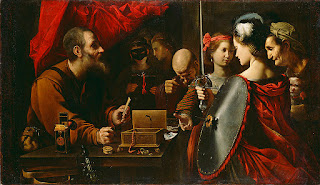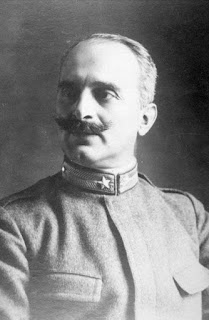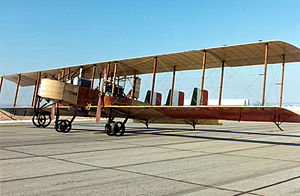Follower of Caravaggio passed on his techniques to the next generation
 |
| Paolini's Achilles among the Daughters of Lycomedes, which is in the J. Paul Getty Museum in Los Angeles |
Sometimes referred to as Il Lucchese, Paolini was a follower of the controversial Italian artist Caravaggio.
He also founded an academy in his native city and taught the next generation of painters in Lucca.
Paolini’s father, Tommaso, sent him to Rome when he was 16 to train in the workshop of Angelo Caroselli, who was a follower of Caravaggio.
Paolini had the opportunity to study various schools and techniques, which is reflected in the flexible style of his work.
 |
| Paolini's Bacchic Concert, which is in the collection of the Dallas Museum of Art |
The principal themes of Paolini’s work were the subjects popularised by Caravaggio around the turn of the 17th century involving lower class people such as hawkers, prostitutes and musicians. Some of his paintings have allegorical meanings, such as The Allegory of the Five Senses, which depicts a darkened inn with people engaged in playing music and drinking, each representing one of the five senses. The picture shows the realism and the strong chiaroscuro typical of Caravaggio.
Paolini spent two years living and working in Venice where he had the opportunity to study the works of Paolo Veronese and Tintoretto and he then returned to Lucca where he spent the rest of his life. His parents had died and he needed to support his siblings.
 |
| Paolini's The Allegory of the Five Senses, which is on display at the Walters Art Museum in Baltimore |
In about 1652 he founded the Academy of Painting and Drawing of Lucca, where he helped train many young painters. Artists such as Girolamo Scaglia, Simone del Tintore, Antonio Franchi, Giovanni Coli and Filippo Gherardi were all trained there. At this stage he almost entirely gave up painting himself in order to devote himself to teaching.
Paolini died in Lucca in 1681. He had two sons, Andrea, who became custodian of the Public Archives in Lucca, and Giovanni Tommaso.
Many of Paolini’s most famous works are on display in galleries around the world, including The Mystic Marriage of St Catherine of Alexandria, which can be seen in the Galleria Nazionale d'Arte Antica in Rome, Achilles among the Daughters of Lycomedes (J. Paul Getty Museum) and Bacchic Concert (Dallas Museum of Art). The Allegory of the Five Senses is in the Walters Art Museum in Baltimore, Maryland.
Others, such as The Card Sharps, Portrait of a Man and A Young Lady Holding a Compass are in private collections.
 |
| A view over the rooftops of Paolini's home city of Lucca in western Tuscany, not far from Pisa |
Lucca, Paolini’s home city, is situated 30km (19 miles) inland from Viareggio on the coast and 20km (12 miles) from Pisa, with its international airport, yet is often overlooked by travellers to the area. It has much to recommend within its majestic walls, where visitors can stroll along narrow cobbled streets into a number of beautiful squares, with lots of cafes and restaurants for those content to soak up the ambiance, but also a wealth of churches, museums and galleries for those seeking a fix of history and culture. The Renaissance walls, still intact, are an attraction in their own right, providing a complete 4.2km (2.6 miles) circuit of the city popular with walkers and cyclists.
 |
| The facade of the Palazzo Barberini in Rome, designed by the architect Carlo Maderno |
The Galleria Nazionale d'Arte Antica (National Gallery of Ancient Art) is an art gallery in Rome. It has two sites: the Palazzo Barberini and the Palazzo Corsini. The Palazzo Barberini was designed for Pope Urban VIII, a member of the Barberini family, by 16th century Italian architect Carlo Maderno on the old location of Villa Sforza, facing the Piazza Barberini in central Rome. Its central salon ceiling was decorated by Pietro da Cortona with the visual panegyric of the Allegory of Divine Providence and Barberini Power to glorify the papal Barberini family. The Palazzo Corsini, formerly known as Palazzo Riario, is a 15th-century palace in the Trastevere district that was rebuilt in the 18th century by architect Ferdinando Fuga for Cardinal Neri Maria Corsini.
More reading:
Caravaggio sentenced to death after a murder in Rome
How did Caravaggio die?
Luca Giordano, the artist known as The Thunderbolt
Also on this day:
1678: The birth of architect Domenico Antonio Vaccaro
1751: The birth of the Blessed Vincent Romano
1977: The death of film maker Robert Rossellini
Home



















